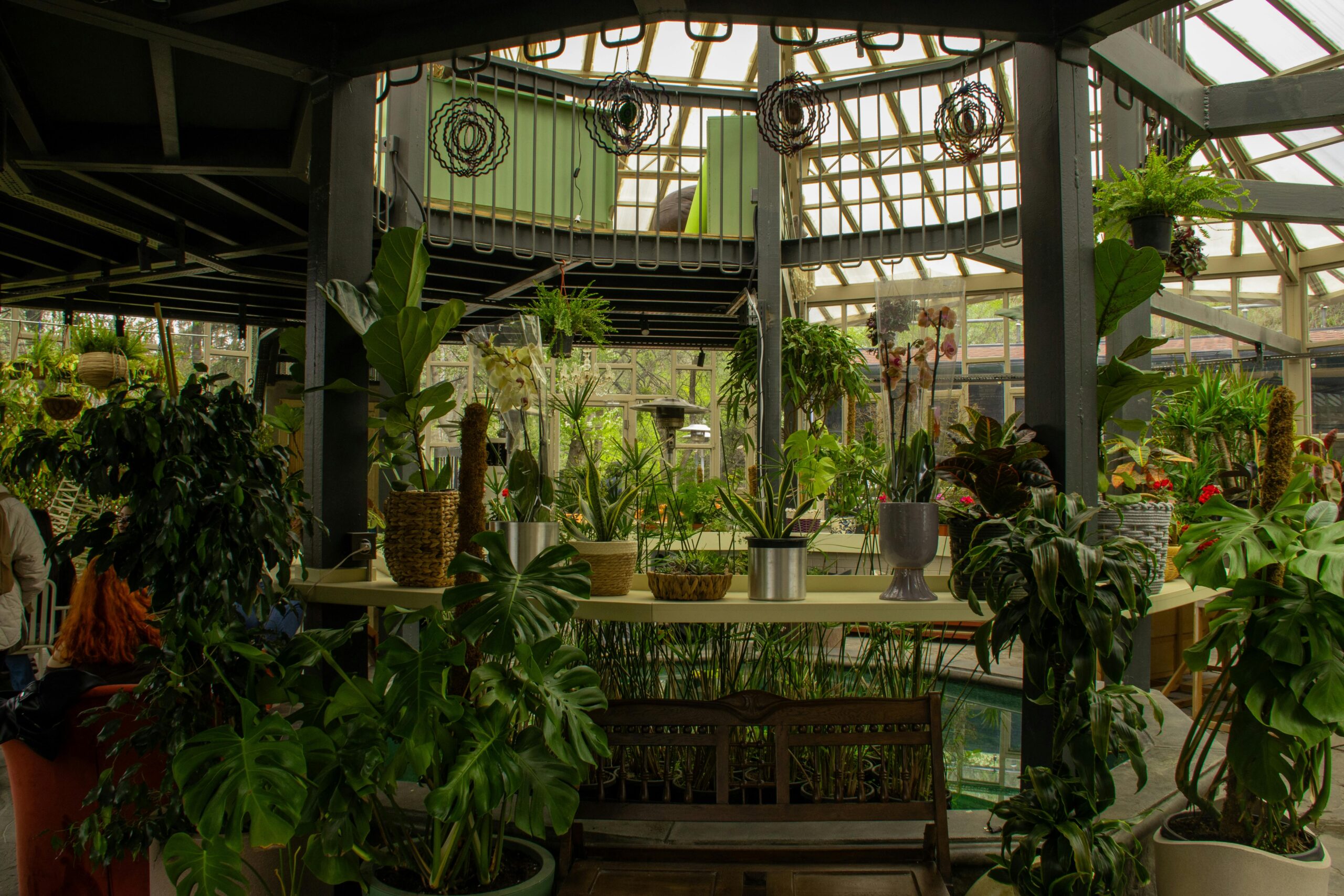Introduction to Rustic Garden Fences
Rustic garden fences are more than just a boundary for your outdoor space; they are a statement of style and character. These fences bring a touch of the countryside to any garden, creating a warm and inviting atmosphere. Unlike modern fences that often focus on sleek lines and minimalism, rustic fences embrace natural materials and traditional craftsmanship, offering a unique aesthetic that blends seamlessly with nature.
One of the key attractions of rustic garden fences is their versatility. They can be crafted from a variety of materials such as wood, stone, or even reclaimed materials, each adding its own charm and character. This adaptability allows homeowners to personalize their outdoor spaces, ensuring that the fence complements the overall design of the garden.
Moreover, rustic fences are not just about aesthetics. They serve practical purposes, such as providing privacy, defining spaces, and protecting plants from wildlife. This combination of function and form makes rustic garden fences a popular choice among gardeners and homeowners alike.
Materials and Styles of Rustic Garden Fences
When it comes to choosing materials for rustic garden fences, the options are plentiful. Wood is perhaps the most common choice due to its natural appearance and ease of use. Cedar, pine, and oak are popular options, each offering different textures and colors. These woods can be left untreated to weather naturally, or they can be stained or painted to match specific design preferences.
Stone is another excellent material for rustic fences. It provides a sense of permanence and durability, with each stone adding its own unique shape and color to the structure. Stone fences can be dry-stacked or mortared, depending on the desired look and stability required.
For those seeking an eco-friendly option, reclaimed materials such as old barn wood or salvaged metal can be used to create a rustic fence. These materials not only reduce waste but also bring a sense of history and character to the garden.
In terms of style, rustic garden fences can range from simple post-and-rail designs to intricate lattice work. The choice of style often depends on the intended function of the fence and the overall design of the garden. Some may prefer a low, open fence that allows for views of the landscape, while others might opt for a taller, more enclosed structure for added privacy.
Incorporating Rustic Fences into Your Garden Design
Incorporating a rustic garden fence into your outdoor space requires careful planning and consideration. Start by assessing the layout of your garden and identifying the areas where a fence would be most beneficial. Consider the purpose of the fence—whether it’s to provide privacy, create a backdrop for plants, or simply add visual interest.
Once you have determined the placement, think about how the fence will interact with existing elements in the garden. Rustic fences can be used to frame flower beds, create pathways, or even act as a support for climbing plants. This integration can enhance the overall cohesion of the garden design.
Additionally, consider the maintenance requirements of your chosen materials. Wooden fences may require regular sealing or painting to protect against the elements, while stone fences might need occasional repairs to maintain stability. Understanding these needs will help ensure that your rustic fence remains a beautiful and functional part of your garden for years to come.
Finally, don’t be afraid to get creative with your rustic fence. Add decorative elements such as lanterns, birdhouses, or hanging plants to personalize the space and make it truly your own. With a bit of imagination, a rustic garden fence can transform any outdoor area into a charming and inviting retreat.






